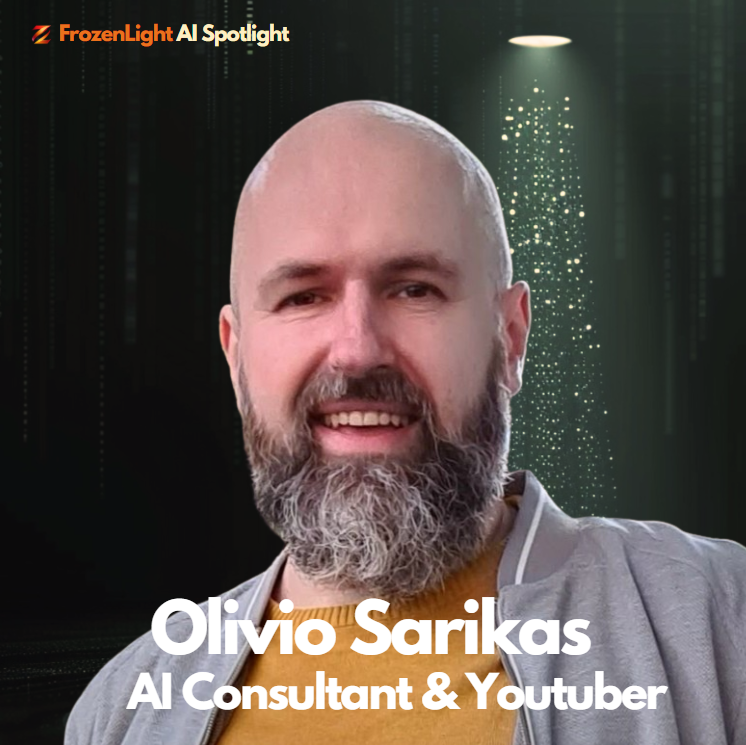
It’s more expressive, more natural, and more multilingual-but not quite flawless.
OpenAI just rolled out an upgrade to Advanced Voice Mode for paid ChatGPT users - and it’s a clear sign that the AI we talk to is starting to sound a lot more like us.
This new version, coming only 2 days after the internet was buzzing over ElevenLabs’ Version 3, brings subtler intonation, smarter cadence (yes, it knows when to pause), and emotional range that now includes empathy, sarcasm, and everything in between. Oh, and it can also translate live across languages, mid-conversation. Whether you're ordering coffee in Portuguese or explaining a project in Japanese - Voice can now play both interpreter and assistant.
🎙️ But don’t mistake smooth for perfect.
💬 What OpenAI Is Saying
With this update, OpenAI wants to make conversations with ChatGPT feel less like issuing commands - and more like talking to someone who “gets it.” Voice Mode has gone from flat to full-color, now capable of sounding comforting, curious, or even a little cheeky.
And with real-time translation, it’s positioning itself as your always-on travel companion and global coworker.
🧠 What That Means (In Human Words)
Voice Mode isn’t just more natural - it’s more practical.
-
You can now converse across languages, hands-free.
-
It pauses and emphasizes like a real person.
-
And yes, it can now actually sound a little sarcastic if the moment calls for it.
This puts ChatGPT’s voice tech closer to the level of scripted assistants like Alexa or Siri - but with the flexibility of open dialogue.
Except…
❗ Known Glitches: Still a Bit Rough Around the Edges
Like any performer finding their range, Voice Mode isn’t pitch-perfect just yet.
-
Audio quirks: Some users report dips in sound quality, like awkward tonal shifts or robotic artifacts.
-
Weird hallucinations: Rare cases of background noises, music, or ad-like sounds - despite no such data being present.
The voices may be smoother, but the ghosts in the machine haven’t fully left the building.
❄️ FrozenLight Team Perspective
This upgrade is impressive. But here’s the quiet part worth saying out loud:
Sounding human isn’t the same as being helpful.
A voice that flows naturally feels more trustworthy - but that’s an emotional illusion. It doesn’t make the model more accurate, or the insights more meaningful. And it certainly doesn’t mean the hallucination problem is gone.
Also - expressiveness cuts both ways. The more "real" the voice feels, the more uncomfortable it is when it gets something wrong. A mistake in a monotone is tolerable. A mistake in a confident, sarcastic tone? That’s uncanny.
💡 So here’s our take:
We like where this is going. But the next step isn’t just vocal polish - it’s making sure the content of what’s said keeps up with how it sounds.
Because you can’t automate trust. But you can build it - word by word, voice by voice.








